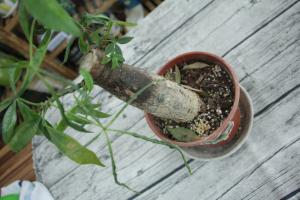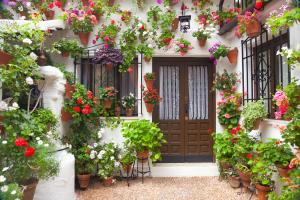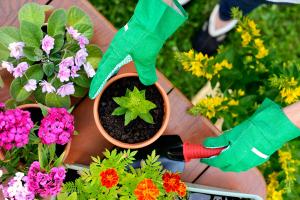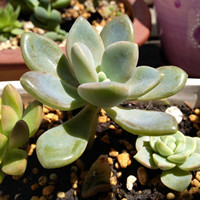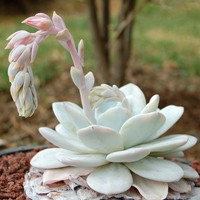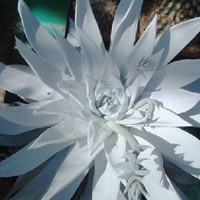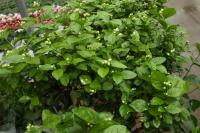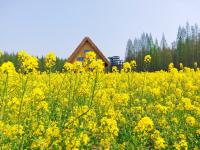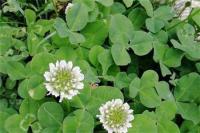Culture method of Fritillaria thunbergii
Soil requirements for Fritillaria thunbergii
Fritillaria thunbergii has high requirements for soil. The field soil for planting Fritillaria should be loose and fertile, rich in organic matter and well drained sandy soil, while the same amount of humus soil, garden soil and sand mixed matrix can be used for potted Fritillaria
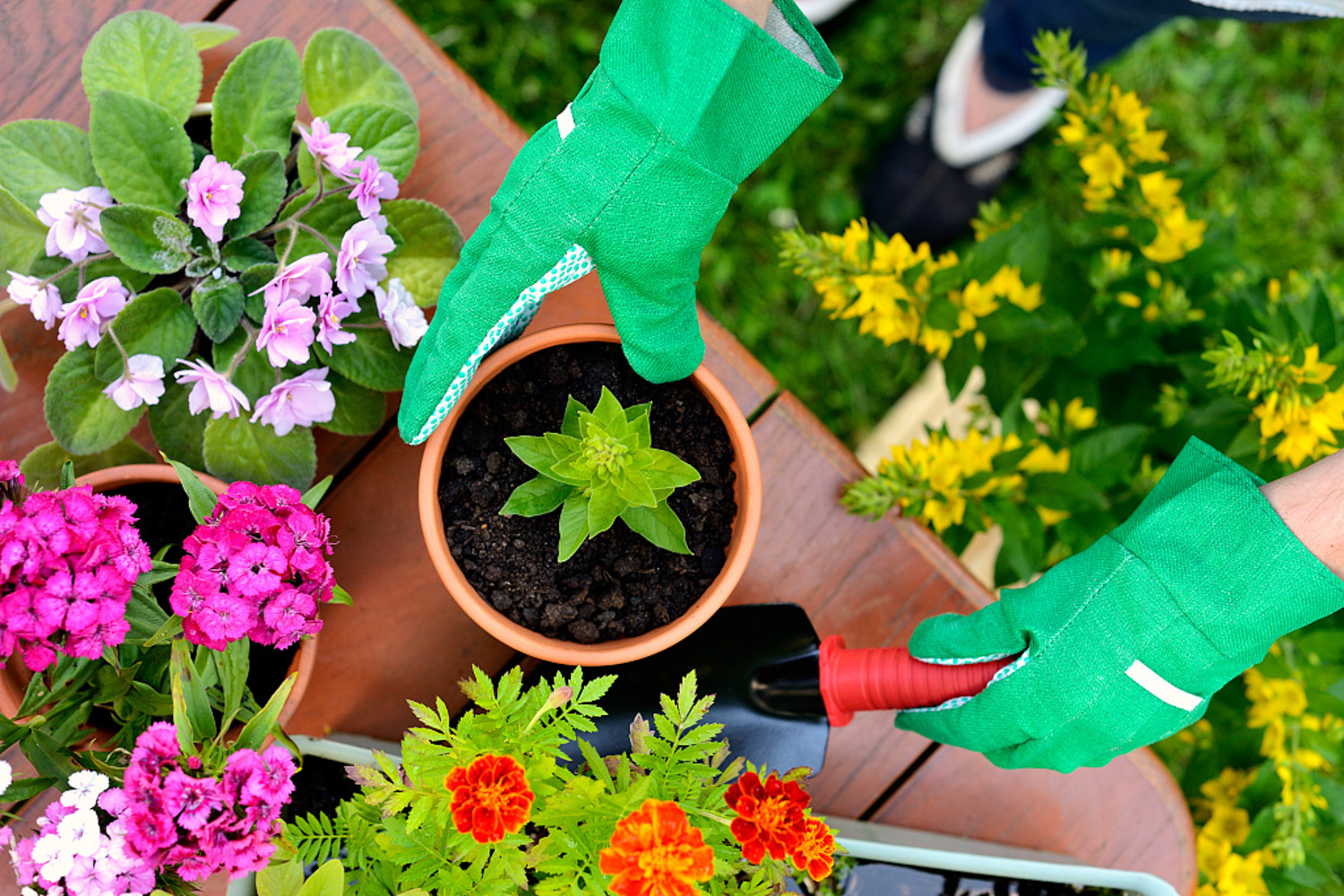
Temperature requirements of Fritillaria thunbergii
Fritillaria thunbergii is Yang, shade and cold resistant, so it needs low temperature treatment. It is recommended to keep the temperature at 5 ~ 9 ℃. The growth temperature of Fritillaria thunbergii is 7 ~ 20 ℃. When Fritillaria thunbergii is dormant in summer, it can be collected and stored at about 13 ℃
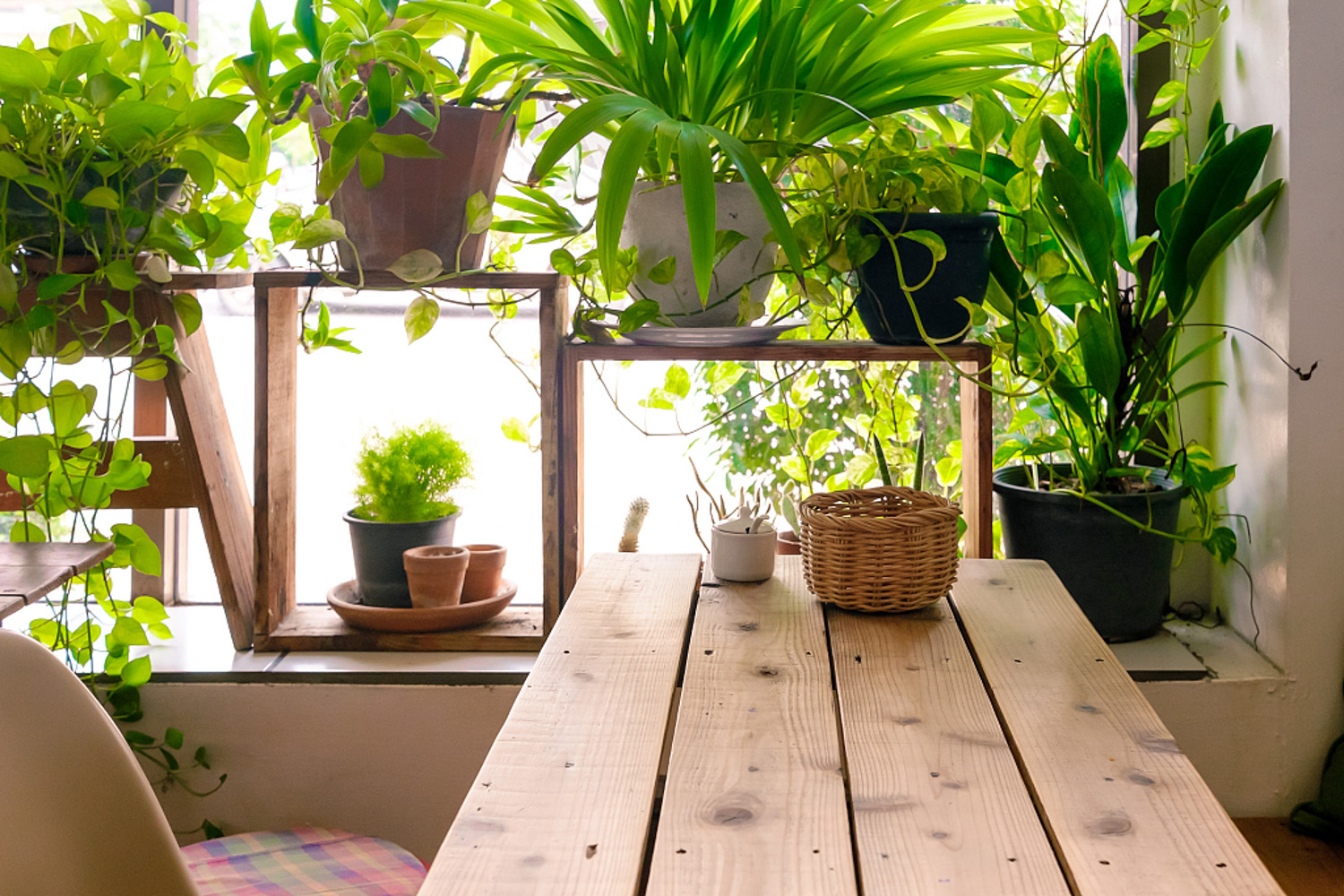
Precautions for cultivating Fritillaria thunbergii
Common diseases and control of Fritillaria thunbergii
The common diseases of Fritillaria are rust and gray mold. Rust mainly occurs in the leaf back, petiole and stem base of Fritillaria thunbergii. The symptom is that there are many brown spores. If it is serious, Fritillaria thunbergii will die in the early stage. The main control methods of rust are to strengthen management and remove residual plants in time. In order to prevent the occurrence of rust, 1000 times of methyletobuzine and Gaoxin lipid film can be mixed and sprayed before the onset of rust. The symptoms of Botrytis cinerea are that the leaves of Fritillaria thunbergii are green and the leaf tips appear spots with a shape similar to that soaked in water, and wither and die in severe cases. The method to control Botrytis cinerea is to spray 500 times the liquid ratio of daisenammonium and Gaoxin lipid film


 jackfruit
jackfruit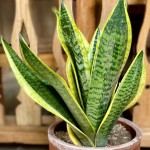 snake plant
snake plant hibiscus
hibiscus hydrangea
hydrangea lavender
lavender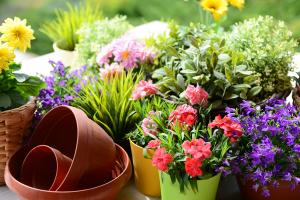 Green roses climb al...
Green roses climb al... If you don't pay att...
If you don't pay att...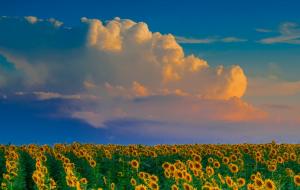 Management of four g...
Management of four g...